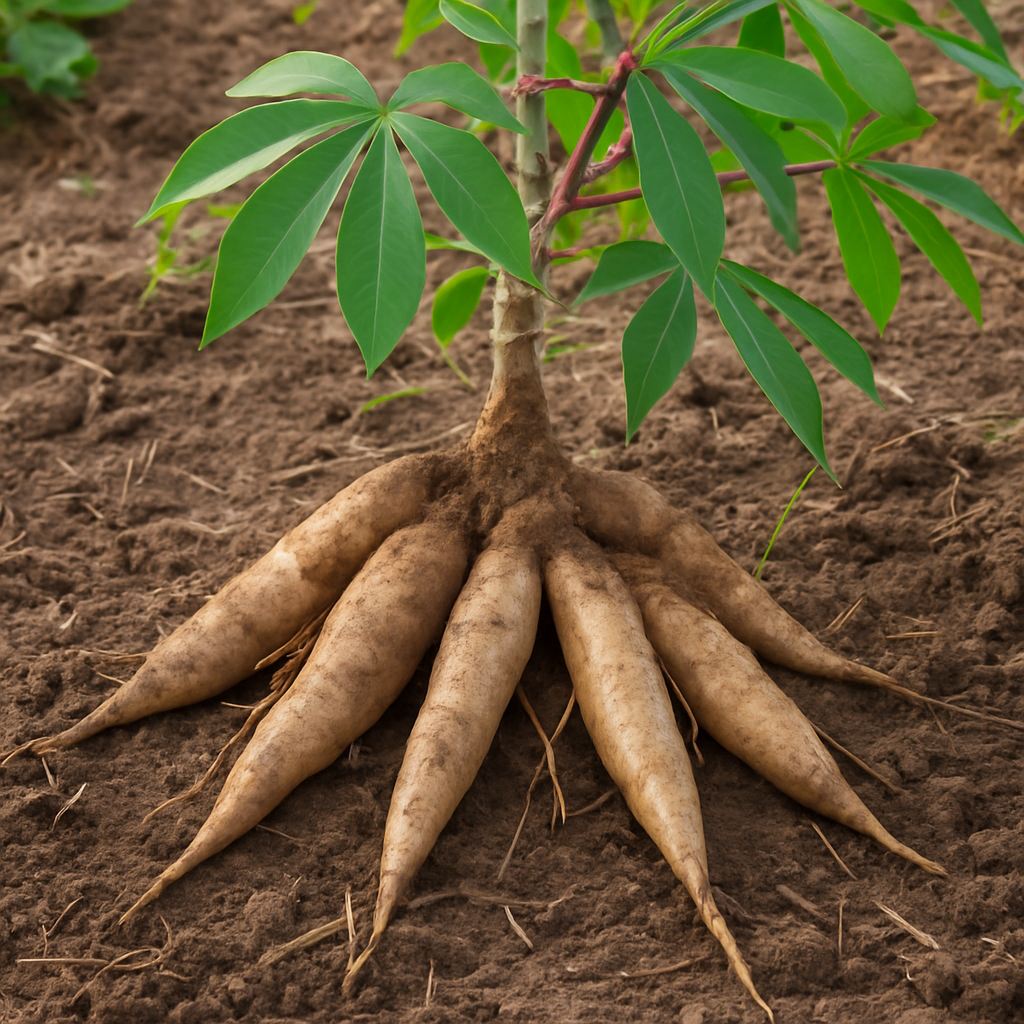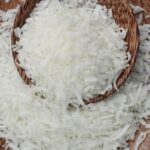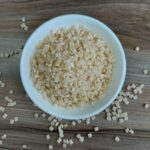CASHEW NUT SHELL OIL
Table of Contents
ToggleAs global concerns about environmental sustainability grow, the agricultural sector is increasingly tasked with finding innovative and eco-friendly solutions. Tapioca, derived from the resilient cassava plant, is emerging as a powerful tool in promoting sustainable agriculture. This humble crop is not only a vital food source but also a cornerstone for reducing environmental impact and driving agricultural efficiency.
In this article, we explore how tapioca supports sustainable farming practices and contributes to a greener future.

1. Cassava: A Crop Built for Resilience
The cassava plant, the source of tapioca starch, thrives in challenging environments, including arid soils and regions prone to drought. Its resilience makes it a reliable crop for farmers facing the impacts of climate change.
Key Benefits:
- Low Water Requirements: Cassava requires significantly less water than crops like rice or wheat, making it ideal for water-scarce regions.
- Adaptability to Poor Soils: The plant grows in nutrient-deficient soils, reducing the need for chemical fertilizers.
- Pest Resistance: Cassava has a natural tolerance to many pests, minimizing the use of harmful pesticides.
These characteristics allow farmers to cultivate cassava with minimal environmental disruption, supporting sustainable agricultural practices in vulnerable regions.
2. Soil Health and Biodiversity
One of the cornerstones of sustainable agriculture is maintaining healthy soils. Cassava cultivation offers several advantages in this regard:
- Reduced Soil Erosion: The extensive root system of cassava binds the soil, preventing erosion, even on sloped terrains.
- Minimal Chemical Dependence: Cassava’s ability to thrive in poor soils reduces reliance on synthetic fertilizers and other chemicals that can harm ecosystems.
- Intercropping Opportunities: Farmers can intercrop cassava with other plants like legumes, which replenish soil nitrogen levels and promote biodiversity.
By enhancing soil quality and promoting biodiversity, cassava helps create a more balanced agricultural ecosystem.
3. Supporting Circular Economy Practices
Tapioca production generates by-products that can be repurposed for other agricultural and industrial applications, minimizing waste and fostering a circular economy.
By-Product Utilization:
- Animal Feed: Cassava peels and other by-products are used as nutrient-rich feed for livestock.
- Compost Material: Residual cassava biomass can be composted to enrich soils naturally, reducing dependence on synthetic fertilizers.
- Bioenergy Production: Cassava waste is increasingly being used to produce bioethanol, a renewable energy source that reduces greenhouse gas emissions.
These practices ensure that every part of the cassava plant is utilized, contributing to a more sustainable agricultural system.
4. Tapioca Starch in Sustainable Solutions
Tapioca starch has diverse applications that extend beyond food production, supporting global efforts to reduce environmental footprints.
Biodegradable Materials:
Tapioca starch serves as a raw material for producing biodegradable plastics, a crucial innovation in combating plastic pollution. Its use in single-use packaging and compostable materials is transforming industries while reducing waste.
Agricultural Films:
Farmers are now using tapioca-based biodegradable films to protect crops, replacing traditional plastic mulch films that contribute to soil contamination.
These applications highlight tapioca’s versatility and its role in fostering environmentally friendly practices across industries.
5. Empowering Farmers and Rural Communities
Sustainability is not just about environmental impact; it also involves supporting the livelihoods of farming communities. Cassava cultivation and tapioca production empower smallholder farmers by providing:
- Stable Income: Cassava is a highly marketable crop with growing demand in both domestic and international markets.
- Low Initial Investment: The crop’s minimal input requirements lower barriers for small-scale farmers.
- Opportunities for Value Addition: Farmers can engage in processing cassava into tapioca starch, bioethanol, or other value-added products, enhancing their economic returns.
By uplifting rural communities, cassava supports social sustainability alongside environmental benefits.
6. Driving Climate-Resilient Agriculture
In an era of unpredictable weather patterns and increasing food insecurity, cassava’s resilience positions it as a key crop for climate-resilient agriculture. Its ability to withstand extreme conditions while providing consistent yields ensures food security for millions.
Moreover, as research into cassava cultivation continues, improved farming techniques and high-yield varieties are expected to further enhance its sustainability credentials.
Conclusion: Tapioca as a Catalyst for Sustainability
Tapioca, derived from the hardy cassava plant, exemplifies the principles of sustainable agriculture. From conserving resources and enhancing soil health to empowering rural communities and reducing environmental impact, its contributions are multifaceted.
For businesses and industries seeking sustainable raw materials, tapioca offers an excellent solution. Meanwhile, farmers adopting cassava cultivation benefit from its resilience and profitability.
At Abimexco, we are proud to champion tapioca’s role in building a greener future. Our high-quality tapioca starch and derivatives are produced with sustainability in mind, ensuring that your business contributes to a healthier planet.
Contact us today to learn more about our products and how they can support your sustainability goals.












